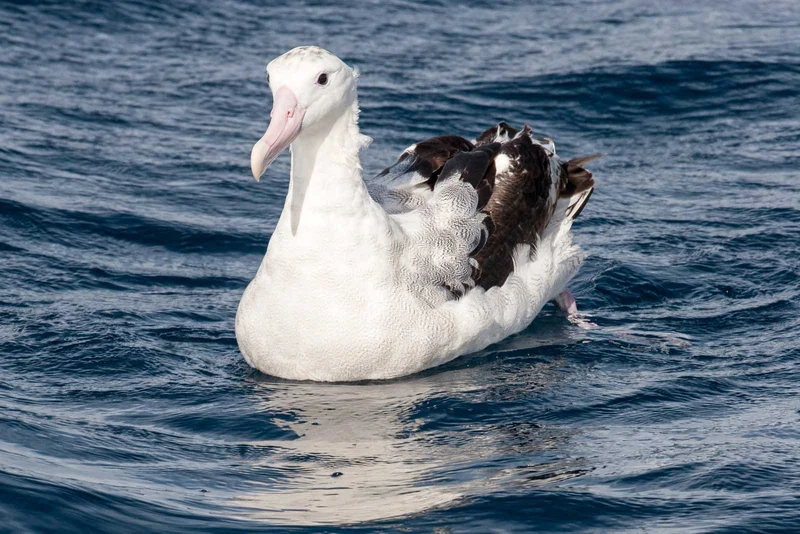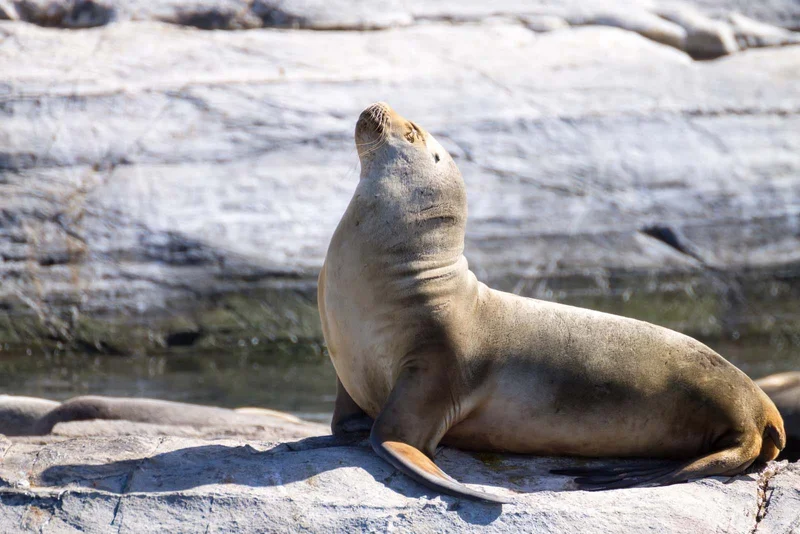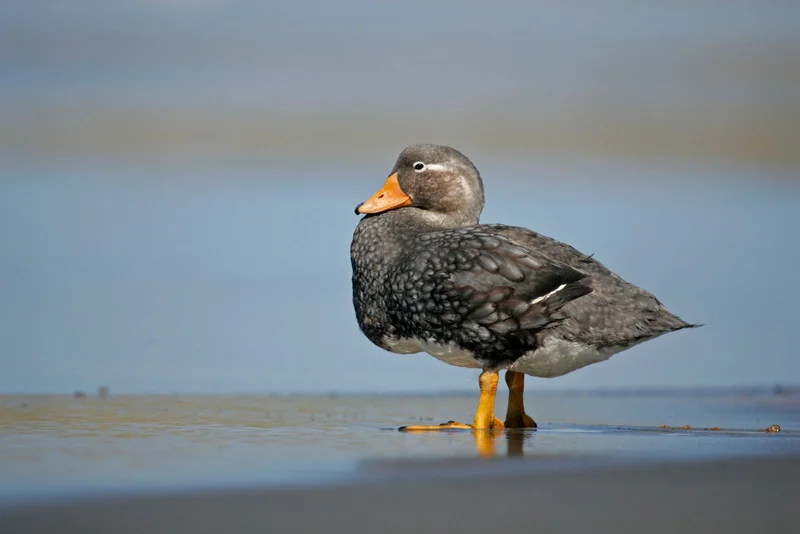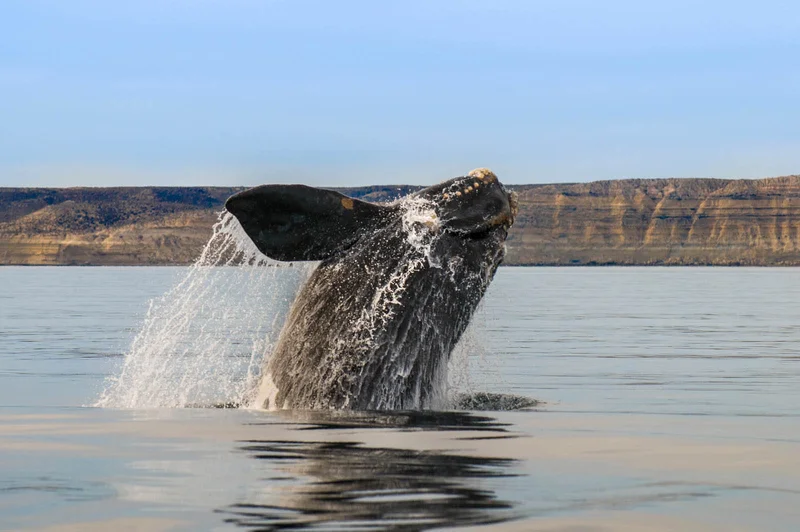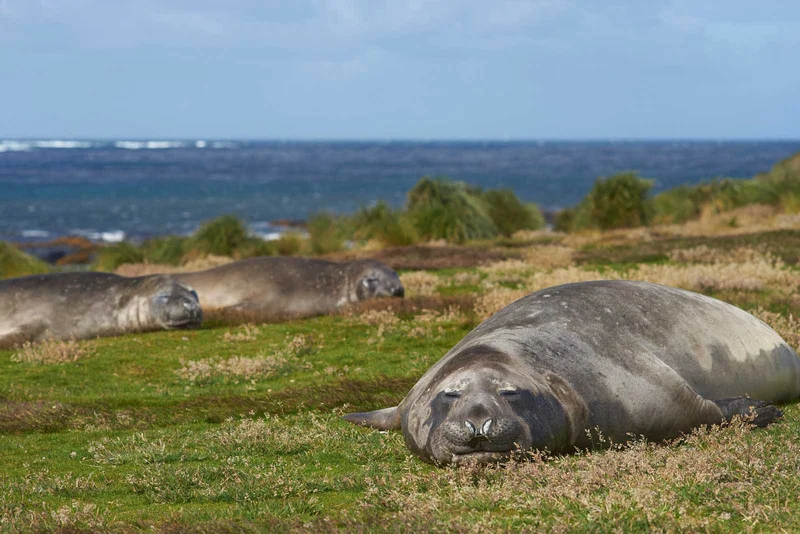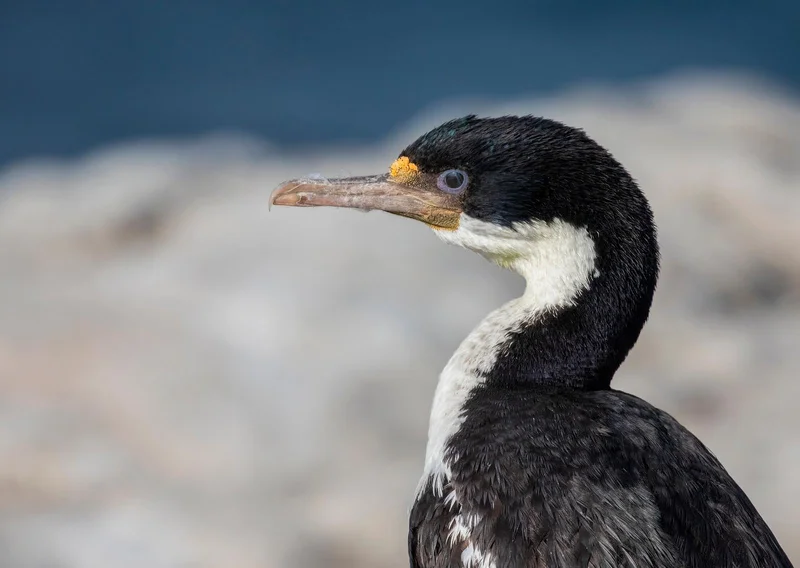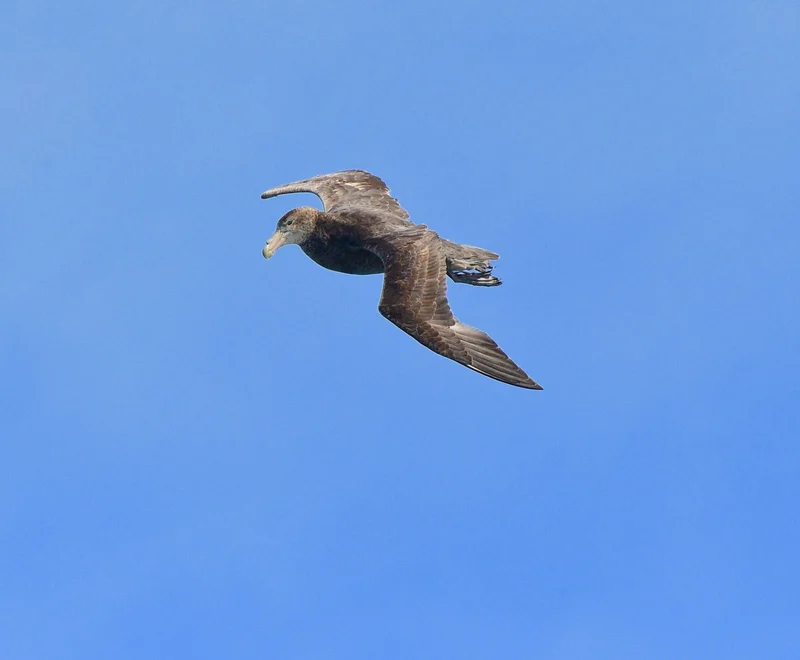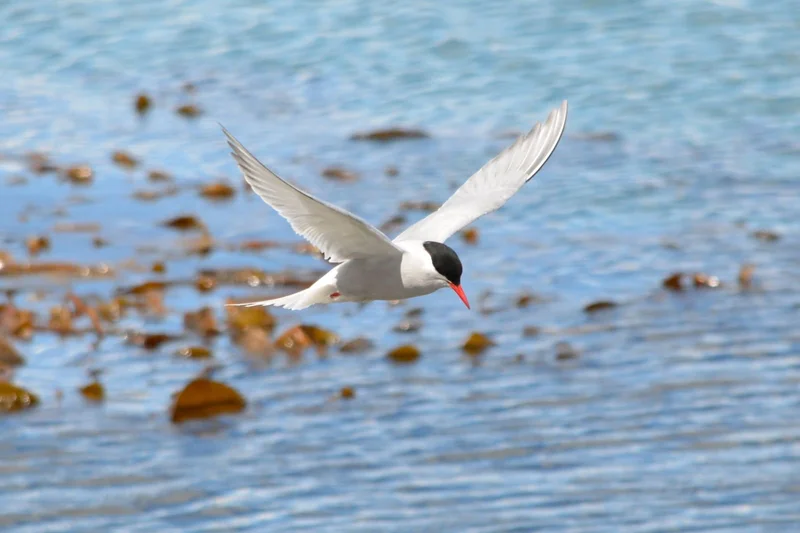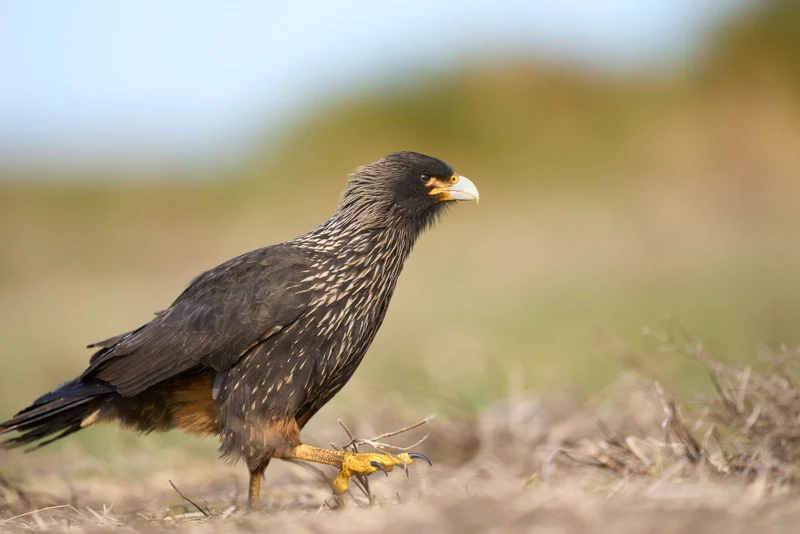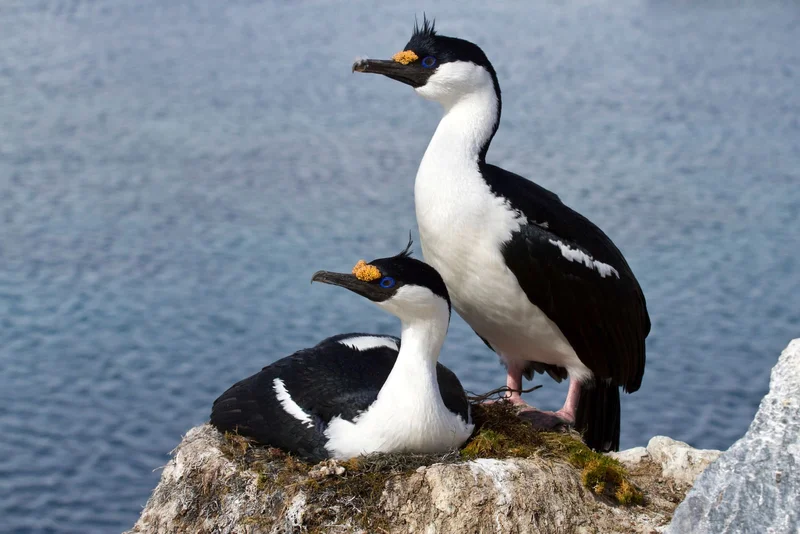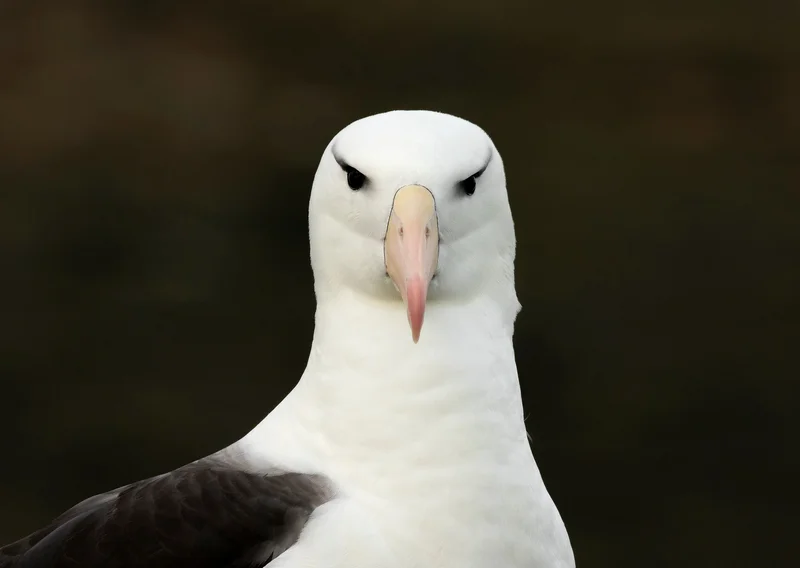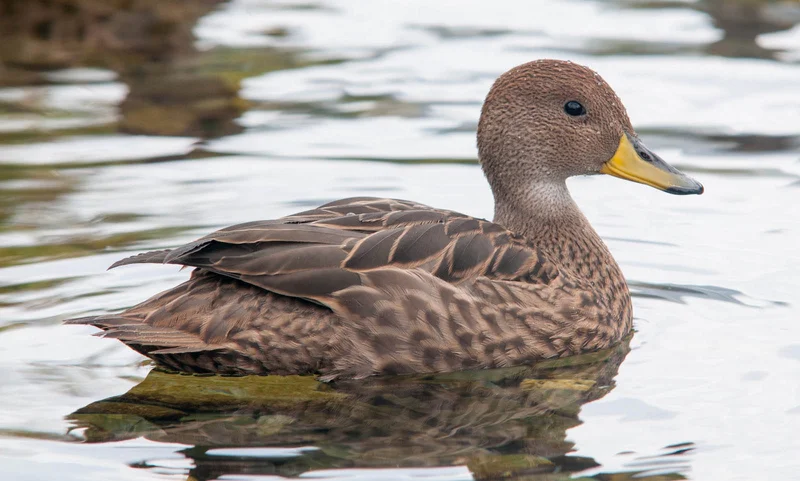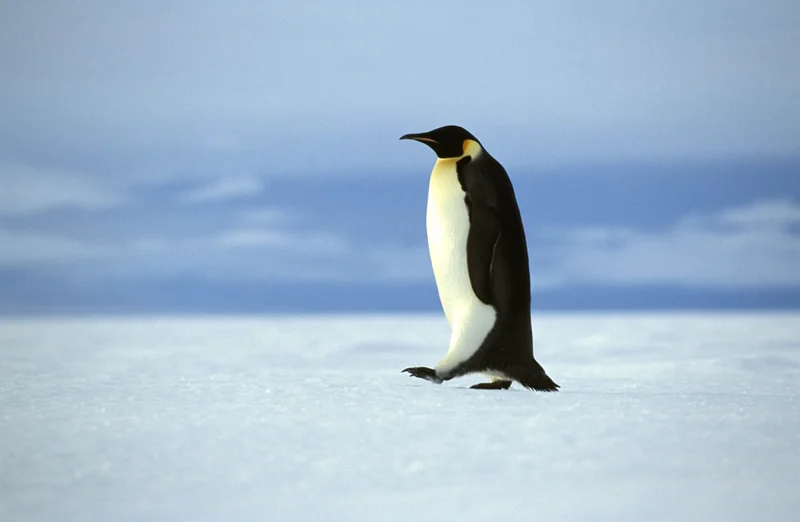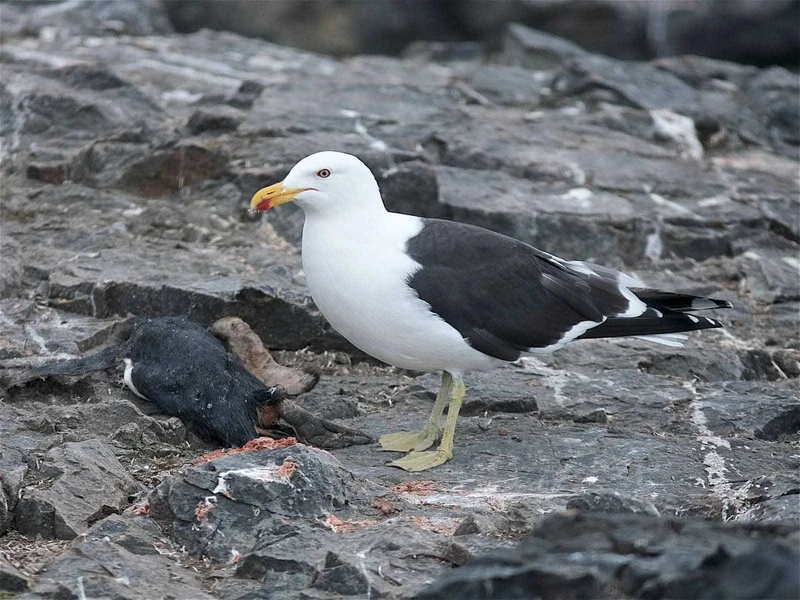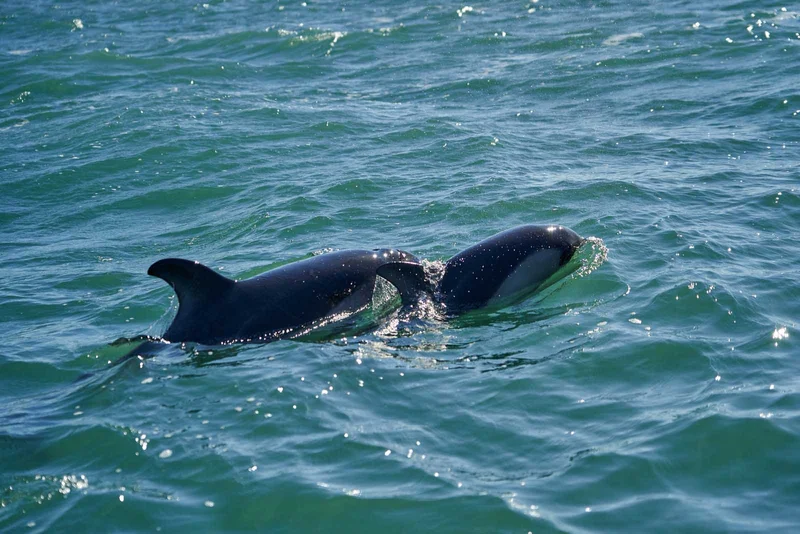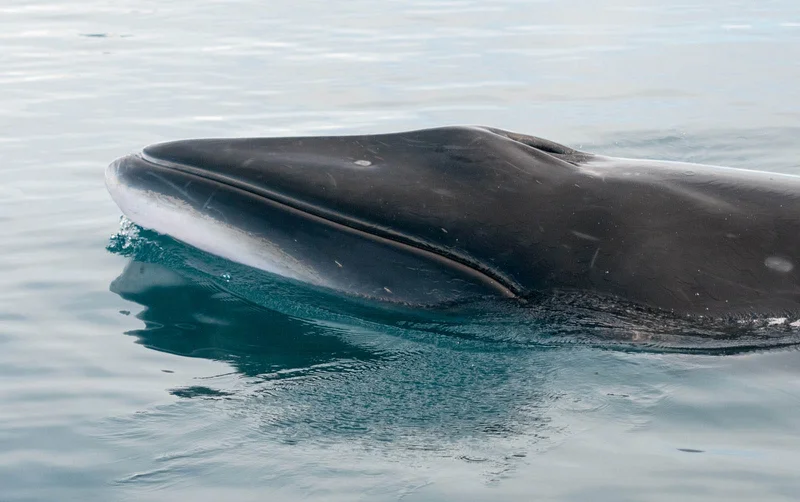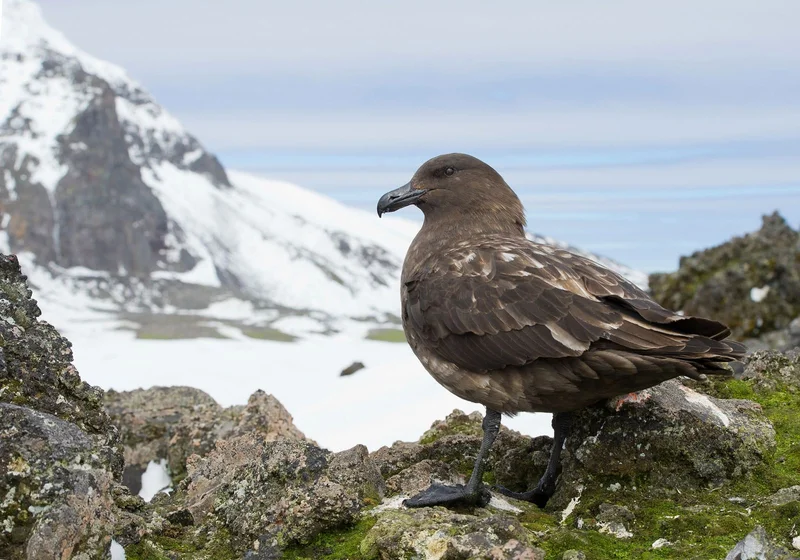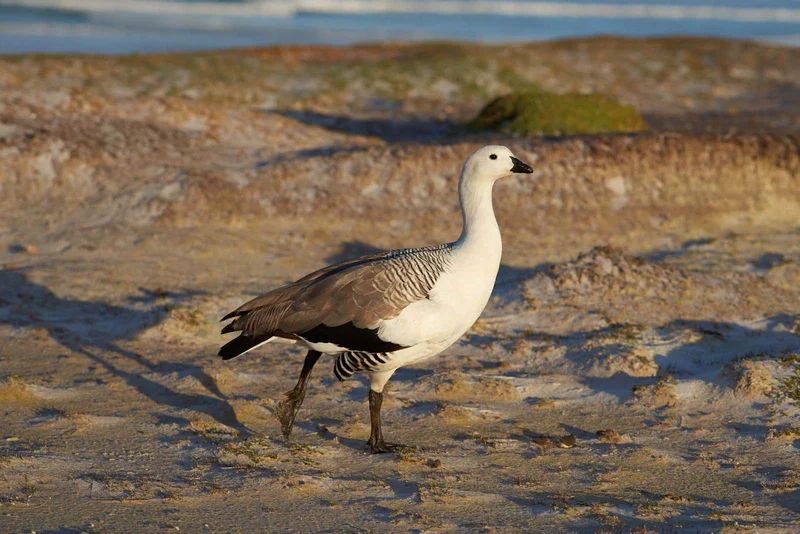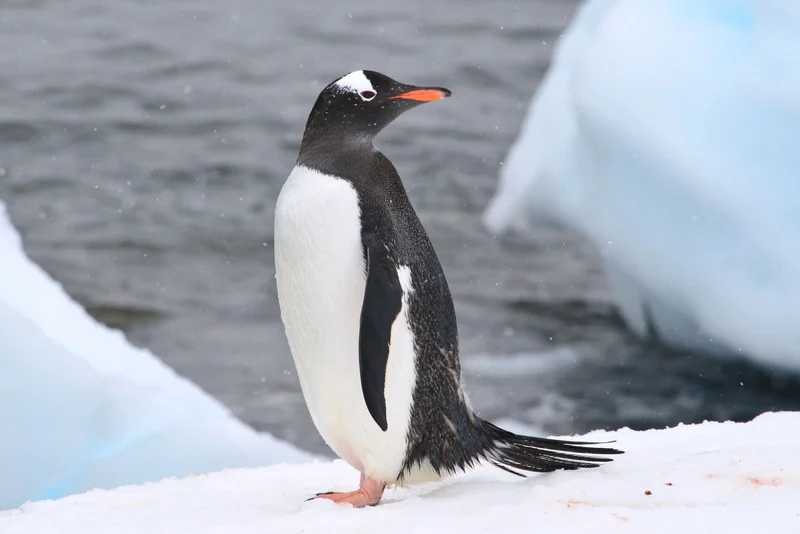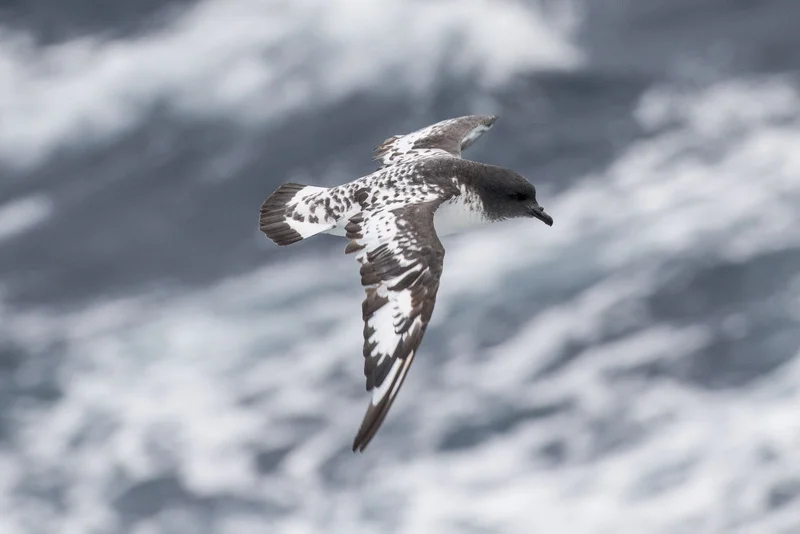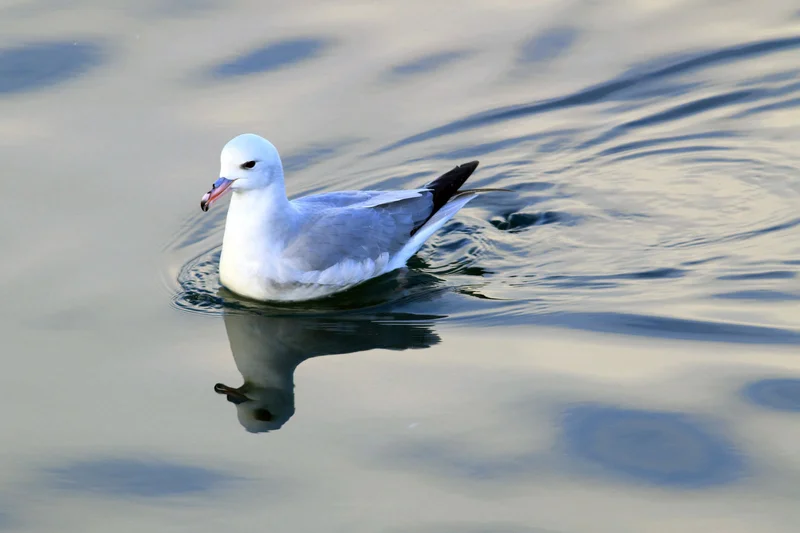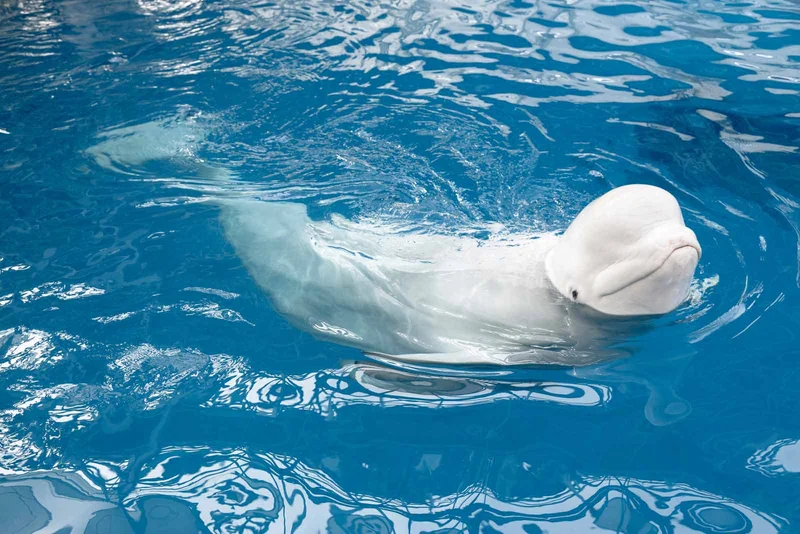Essential Macaroni Penguin Information
The Macaroni penguin is a large species of crested penguin, standing about 70 cm (2 feet 4 inches) tall and weighing up to 6.3 kg (14 lbs). They are easily identified by their striking yellow head feathers, which gave them their name. In the 19th century, British sailors called them “macaronis,” after a term for someone with flamboyant dress, as popularized in the song “Yankee Doodle Dandy.”
Appearance
Along with their yellow crest, Macaroni penguins have sharp, clean black and white markings that contrast distinctively. They also have a wide orange-brown bill and red eyes.
Breeding and Behavior
Macaroni penguins are social creatures that nest in large colonies, often found on sub-Antarctic islands like South Georgia. They are vocal during the breeding season, showing behaviors such as "bill-jousting" and "flipper striking" to communicate and establish dominance. Some macaroni penguins attempt to breed in areas like the South Shetland Islands, although these are at the extreme of their range, and many males nest among Chinstrap penguins without finding mates.
Each year, macaroni penguins go through a molting process where they shed and regrow all their feathers. During this 3-4 week period, they remain on land as they are unable to hunt or swim without waterproof protection.
Diet and Predators
Macaroni penguins feed primarily on krill, squid, and small fish. They are preyed upon by leopard seals, Antarctic fur seals, and orcas. Chicks and eggs face threats from seabirds such as skuas, petrels, and snowy sheathbills.
Population and Conservation
Macaroni penguins are thought to be the most numerous penguin species, with an estimated 8-12 million breeding pairs. However, despite their large numbers, the species is currently in decline, primarily due to environmental changes and competition for food resources.
Interesting Facts
- Name Origin: The name "Macaroni" refers to the yellow crest, likened to flamboyant dress styles of the 18th century.
- Molting Process: Macaroni penguins must remain on land during their annual molt, as they cannot hunt without waterproof feathers.
- Social Creatures: These penguins nest in large colonies and display a variety of social behaviors during breeding season.


